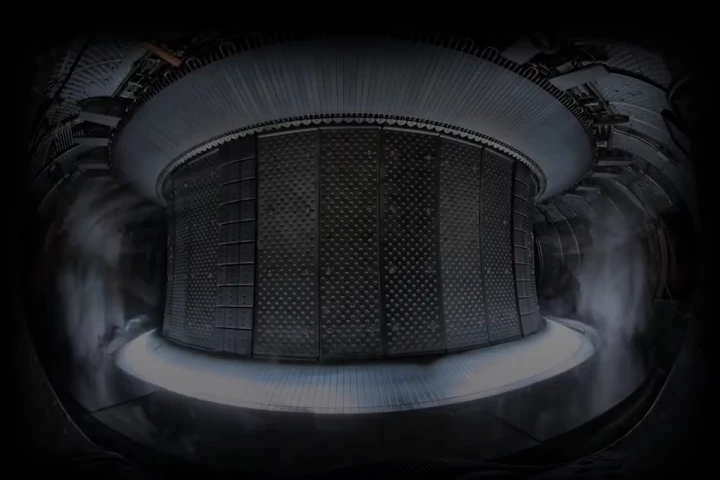In the future, if you drop a glass on the floor and it doesn't break, thank a mollusk. Inspired by shellfish, scientists at Montreal's McGill University have devised a new process that drastically increases the toughness of glass. When dropped, items made using the technology would be more likely to deform than to shatter.
If you look at the inside surface of the shell of a mollusk such as an abalone, mussel or oyster, you'll see a shiny iridescent material. This is called nacre (also known as mother-of-pearl), and it's what gives the shell its strength – the outer surface of the shell is made almost entirely of calcium carbonate, and would be very brittle on its own.
A team led by Prof. François Barthelat studied the internal structure of nacre, which is comprised of individual microscopic "tablets" that interlock in a fashion similar to Lego blocks. The researchers noticed that the boundaries between the tablets aren't straight but instead are wavy, like the edges of jigsaw puzzle pieces.
The scientists replicated these boundaries in glass microscope slides, using lasers to engrave networks of wavy 3D "micro-cracks" within them. When the slides were subjected to an impact, the micro-cracks absorbed and dispersed the energy, keeping the glass from shattering. Altogether, the treated slides were reportedly 200 times tougher than slides which were not treated.
Barthelat believes that it would be relatively simple to scale the process up to larger sheets of glass, and is also planning on applying it to other brittle materials such as ceramics and polymers. A paper on the research was recently published in the journal Nature Communications.
Source: McGill University




